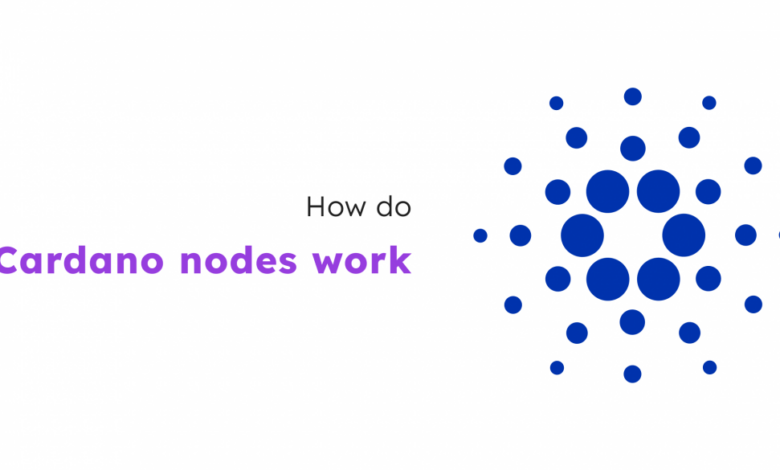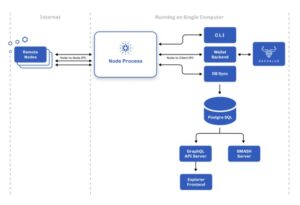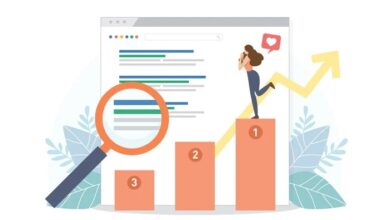What is a Cardano (ADA) Node and How to Use It?

Launched in 2015 by Ethereum (ETH) co-founder Charles Hoskinson, Cardano (ADA) is a second-largest Proof-of-Stake (PoS) network. Cardano mechanism is designed to keep the integrity and security of the blockchain while handling transactions in an anonymous and resource-efficient manner.
Introduction: What is a Cardano (ADA) Node and What Does it Do?
A Cardano (ADA) node is a computer that is connected to the Cardano blockchain network and is responsible for maintaining a copy of the blockchain ledger, validating transactions and blocks, and participating in consensus to reach agreement on the state of the blockchain.
By running such a device, an individual or organization can help to ensure the security and decentralization of the Cardano network. It allows one to access the full functionality of the Cardano blockchain, including the ability to send and receive ADA and to participate in the staking process.
How to Set Up a Cardano (ADA) Node on Your Computer in Five Steps
Setting up a Cardano (ADA) node on your computer involves several steps:
- Download and install the Cardano node software. The latest version of the software can be downloaded from the official website of Input Output Global, a Cardano’s (ADA) main developer.
- Once the software is installed, you will need to configure it by sharing your node’s name and IP address.
- Get it synchronized with the Cardano network. This process can take some time (normally, a few hours), as it involves downloading the entire blockchain ledger to your computer.
- Connect to the Cardano network via a remote peer.
- Start your node by running the command “./cardano-node run“. Its status can be checked via running the command “./cardano-node query tip –mainnet“
It’s important to note that running a Cardano node requires a significant amount of storage space and bandwidth, as well as a reliable power supply and stable Internet connection. Additionally, it is recommended to use a computer with a fast CPU and at least 16GB of RAM for optimal performance. It is also important to keep the software updated and maintain the security of your system. More detailed instructions and manuals can be found on Cardano’s websites.
The Benefits of Running a Cardano (ADA) Node and Staking ADA Cryptocurrency
While operating a self-hosted Cardano (ADA) node comes with its own challenges and responsibilities, it can be potentially profitable and an interesting experience. As such, what are the main benefits of this process?
- Decentralization. You are helping to ensure the decentralization of the Cardano network, which is critical for its security and resilience.
- Access to full functionality. It allows you to access the full functionality of the Cardano blockchain, including the ability to send and receive ADA and to participate in the staking process.
- Increased security. It allows you to validate the integrity of the blockchain ledger, which can help to increase the security of your transactions and protect against potential malicious actors.
- Staking rewards. If you participate in the staking process, you can earn rewards for helping to secure the network.
What Are the Different Types of Cardano Nodes?
Cardano (ADA) node ecosystem includes various types of elements; each of them has its own tasks and specifications.

Cardano (ADA) nodes: Keeping the consensus
- Full nodes maintain a copy of the entire blockchain ledger and participate in the consensus process to validate transactions and blocks. They are responsible for relaying blocks and transactions to other nodes in the network.
- Light nodes do not maintain a copy of the entire blockchain ledger, but instead request information from full ones as needed. They are useful for individuals or organizations that want to interact with the Cardano network but do not have much resources.
- Relay nodes. They are similar to full ones, but they don’t participate in the consensus process and don’t have a copy of the entire blockchain. They act as a relay point for blocks and transactions, forwarding them to the peers in the network
Cardano (ADA) nodes: Pushing forward the innovations
- Staking nodes participate in the consensus process and hold a minimum amount of ADA to be able to participate in the staking process, Stakers are rewarded for helping to secure the network by validating blocks and transactions.
- Aggregator nodes are a novelty for the Cardano network, they help to increase the privacy and scalability of the network by allowing multiple transactions to be bundled together and sent as a single transaction.
- Pioneer nodes: are a special type of computers that is operated by IOHK. They are used to test new features and upgrades before they are rolled out to the mainnet.
Wrapping up
Cardano (ADA) nodes infrastructure is designed to maintain the status of the blockchain, add transactions to new blocks and handle value transfers between the accounts. Staking, aggregator and pioneer ones are Cardano-specific types of computers while light and full nodes operate similarly to other blockchains.



